-
Welcome to Tacoma World!
You are currently viewing as a guest! To get full-access, you need to register for a FREE account.
As a registered member, you’ll be able to:- Participate in all Tacoma discussion topics
- Communicate privately with other Tacoma owners from around the world
- Post your own photos in our Members Gallery
- Access all special features of the site
Expert brake question, 2008 2nd Gen, with ABS, but without VSC
Discussion in '2nd Gen. Tacomas (2005-2015)' started by JM4by4, May 3, 2018.


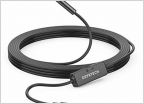 I think I’m killing my truck lol
I think I’m killing my truck lol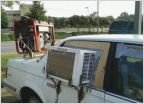 A/C - post your alternative cooling setups
A/C - post your alternative cooling setups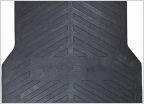 Information on toyota bed mats
Information on toyota bed mats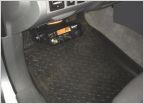 How To Wire Neatly?? For a couple Electric Accessories. Help and Advice Needed
How To Wire Neatly?? For a couple Electric Accessories. Help and Advice Needed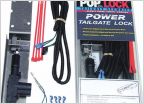 Anyone have problems with their 5300 Pop 'N' Lock - doesn't open
Anyone have problems with their 5300 Pop 'N' Lock - doesn't open









































































